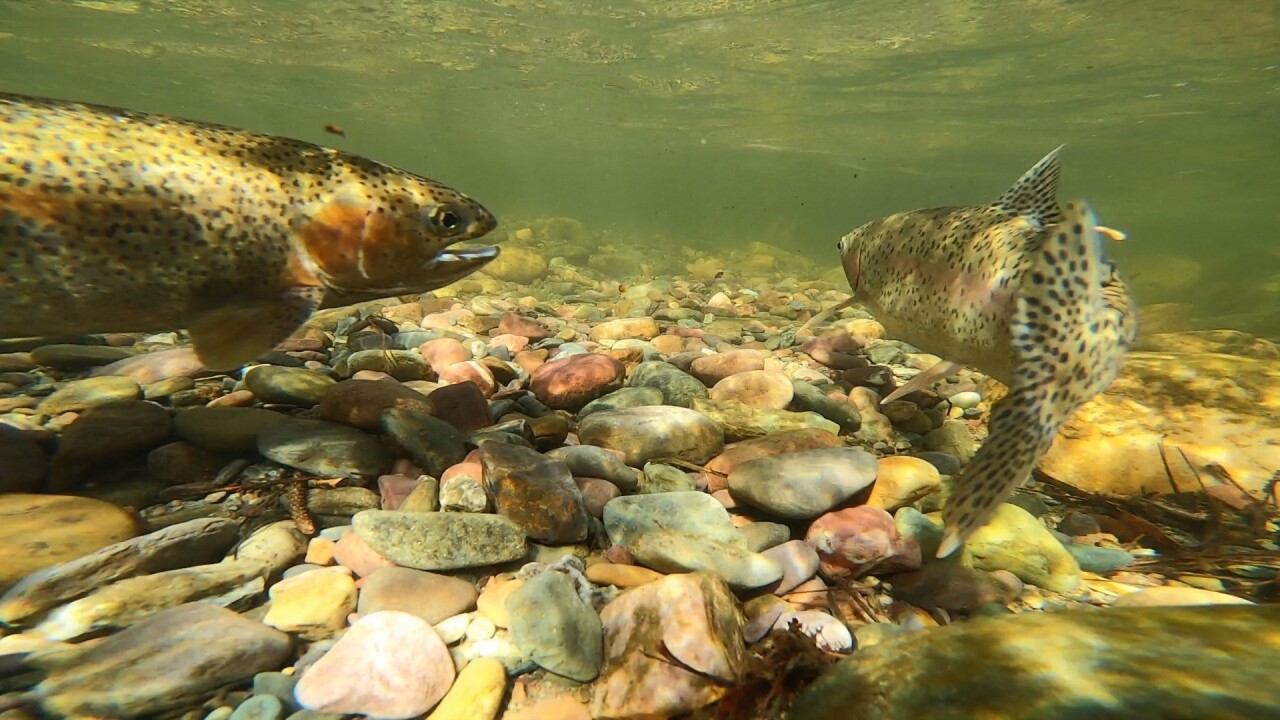At the Big Hole River, brown trout populations have plummeted.
"In one particular section of the Big Hole at Melrose, which is kind of our highest population density section. It’s at an all-time low since we’ve been collecting fish numbers starting in—consistently, in the late 70s," said Jim Olsen, Montana Fish, Wildlife & Parks fisheries biologist for the Big Hole River.
Brown trout have declined from the peak 1900 of fish per mile to 400.
"It’s pretty much kind of declined since then every year till this spring," said Olsen.
Biologists at Montana’s Fish, Wildlife & Parks don’t understand why the fish are declining at such a rate and that is what worries them.
A number of factors could be affecting the brown trout.
Climate change increasing water temperatures which caused two consecutive years of fish kills at the Big Hole River.
"Last year was a pretty good water year at least at the Big Hole and so we expected to see a rebound and we didn’t; we saw another step down for numbers this spring," Olsen said.
Any known diseases affecting the fish have been ruled out.
"We’ve tested for all of our known pathogens that typically affect trout populations and nothing comes out as like a smoking gun on that," Olsen said.
Other rivers affected are the Yellowstone, sections of the Madison, Clark Fork, Ruby and Beaverhead.
Chris Bradley, owner of the Stonefly fly shop, is understandably concerned over the declining numbers.
"People travel from all over the place to come experience that and all of us locals enjoy it. You know, that’s what we look for as well," said Bradley.
Biologists aren’t seeing this decline in other trout species like the cutthroat, grayling, brook trout, white fish, rainbow trout, and other species of trout.
This is something that seems to be very specific to brown trout.
"This is really going to be one of our top priorities to be working on, to understand what’s going on here with this fish," said Olsen.




